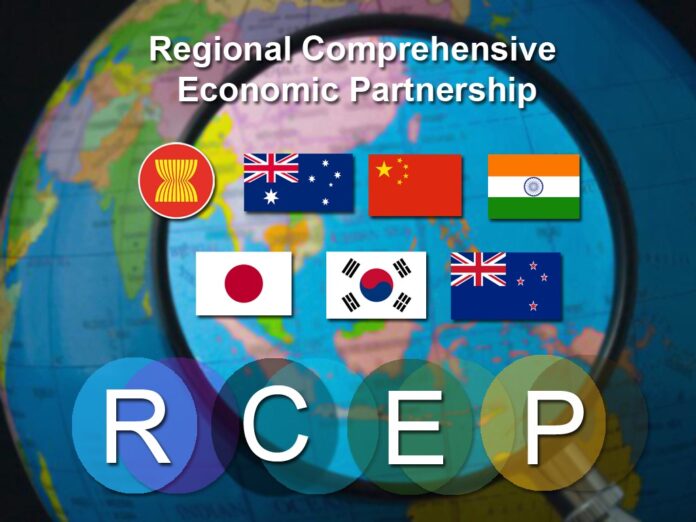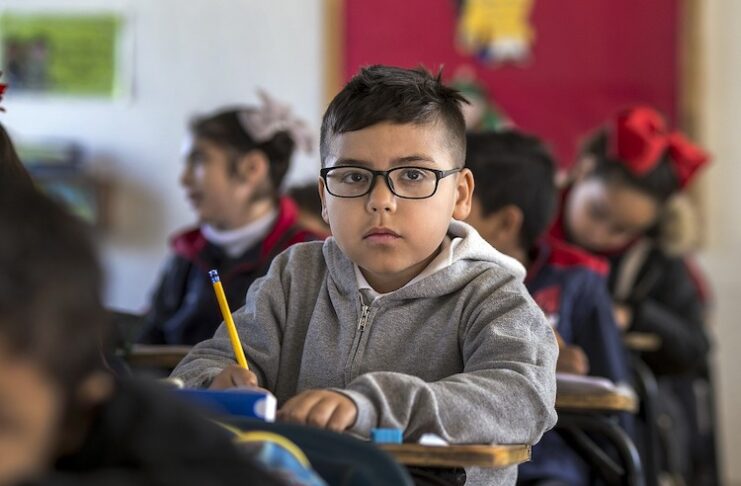Analysis
On November 15, in Hanoi, under the Vietnamese presidency of ASEAN and on the sidelines of the 37th ASEAN summit, the 10 member states of the Association signed the RCEP (Regional Comprehensive Economic Partnership) with China, Japan, Korea, New Zealand and Australia.
The agreement, defined by many as historic, crowns negotiations lasting over eight years and is perhaps more a success of the patient (and, on these issues, consensual) diplomacy of ASEAN than that of the Chinese leadership in the area.
A reassuring affirmation of multilateralism in an era of sovereignism and “my country first”? A success of the opening of markets as a response to a return to protectionist fascinations propitiated by the dramatic explosion, first, and difficult management, then, of the COVID 19 pandemic?
There are those who, supporting the thesis of a desirable return to multilateral instruments in response to the destructive fragmentation of the global system that has characterized the last four years and brought to extremes by the global pandemic, underline the ideal connection between the Jeju Forum for Peace and Prosperity held in Korea (Nov. 5-7), the Paris Peace Forum (Nov. 11-13) and the closure of the RCEP. Certainly, the agreement shows that the new regionalism maintains its dynamism even in a historical moment in which protectionism would seem to be the only alternative to multilateralism in crisis.
However, beyond the symbolic and formal aspects, there is the political and economic substance.
From a political point of view, it is clear that the agreement represents a positive result for the entire region. It is, in fact, the first Free Trade Agreement (FTA) between China, Japan and Korea, which are respectively the first, second and third Asian economy. China, then, finds itself in an advantageous position in the Indo-Pacific, thanks to the size of its economy and the defections of India – worried by Chinese industrial competition – and the USA – which left the Trans-Pacific Partnership (TPP[1]) due to the Trump administration’s fear of a massive outpouring of American investments towards those latitudes. If the benefits descending from the RCEP are manifold for Beijing and lead to believe that the idea that China can be isolated in a global economic context has definitively disappeared, the agreement is, however, the cornerstone of an Asian bloc that already has its place in the framework of global economic and trade relations.
In economic terms, the numbers speak for themselves: the 15 members of the RCEP represent 29% of the world’s GDP, 30% of the global population and 2.2 billion consumers. Not surprisingly, the agreement is expected to lead to an increase in world income of $209 billion per year and global trade of $500 billion over the next decade. Not only; although a certain lack of ambition is undeniable – the reduction of duties is gradual and does not exceed 95%, it intervenes on tariff lines already largely liberalized; there are no forecasts on environmental or social aspects and also those on non-tariff barriers, intellectual property, customs harmonization, technical standards are not particularly advanced -, the agreement marks a significant progress in the field of rules of origin. It establishes, in fact, the equivalence of production and processing carried out in any signatory country for the purposes of intra-bloc trade. Hence, the growing incentive to integrate regional value chains and the consequent acceleration of the process of localization of production activities in ASEAN countries (so-called China+1 Strategy), which is dear to Japanese and Korean (and Chinese) companies and will benefit many regional players, starting with Vietnam.
Mention should also be made of the chapter dedicated to e-commerce, which carefully addresses the issues of expanding access to that market by promoting a significant expansion of this type of transactions and digital industries in the area. This is also in view of the fact that many of the world’s leading operators in the sector are based in the signatory countries: from the Chinese Wechat and Alipay, to the Japanese Line, Korean Kakao Talk, Indonesian Gojeck and Singaporean Grab.
It is difficult, therefore, to reduce the RCEP, in spite of its limitations, to a Chinese neo-colonialist tool towards its own “backyard”. And in the absence of what could have been a major U.S. Marshall Plan for the region to guarantee higher standards in both infrastructure and values, it is undeniable that the agreement will foster growth and integration in the region.
What does this mean for the Italian national interest?
In this context, the Italian national interest can only be considered in close connection with that of the entire EU, since international trade is one of the exclusive competences of Brussels.
The European interest in not “enduring” a similar regional development is concrete, as demonstrated by the conclusion, last December, of the EU-ASEAN Association Agreement. This is a fortiori true if, as some assume, the new U.S. administration will try to strengthen security ties with Southeast Asia and return to engage in regional forums (with an eye to the South China Sea), but will hardly be able to reverse the decline of U.S. influence in the region. An accession of Washington to the regional FTAs is, in fact, now hardly conceivable in light of the numbers in the Senate and the general climate in the country on these issues.
Brussels therefore cannot afford to “stand by and watch”. On the other hand, the EU is present in the RCEP area: it sells goods there for about € 500 billion and there are millions of direct and indirect employees of large European groups operating in the region. In addition, beyond the economic data strictu sensu, there is also an objective interest of the Union to support solutions similar to the RCEP. All this without, however, avoiding the need to recognize that the agreement’s framework is less advanced on social and human rights issues than the most recent trade agreements concluded by the EU with Vietnam and Japan, which are defined as “new generation” because they are “deep and comprehensive”.
From these considerations, the implications for Italy, which is also linked by an association agreement with ASEAN concluded last October, are evident. If the Authorities of the 15 stakeholders act in accordance with the commitment just made, initiating rapid ratification processes and ensuring an increasingly transparent and informed business environment for the benefit of European and Italian companies, our country will benefit from the provisions contained in the agreement. Many of our value chains look to the East, and greater regional integration on that chessboard can be highly advantageous for us not only from a “China+1” perspective but also in terms of increased competitiveness.
[1] After the U.S. exited the TPP, the agreement evolved into the Comprehensive and Progressive Agreement for Trans-Pacific Partnership (CPTPP) and has Australia, Brunei, Canada, Chile, Japan, Malaysia, Mexico, New Zealand, Peru, Singapore, and Vietnam as signatories





















